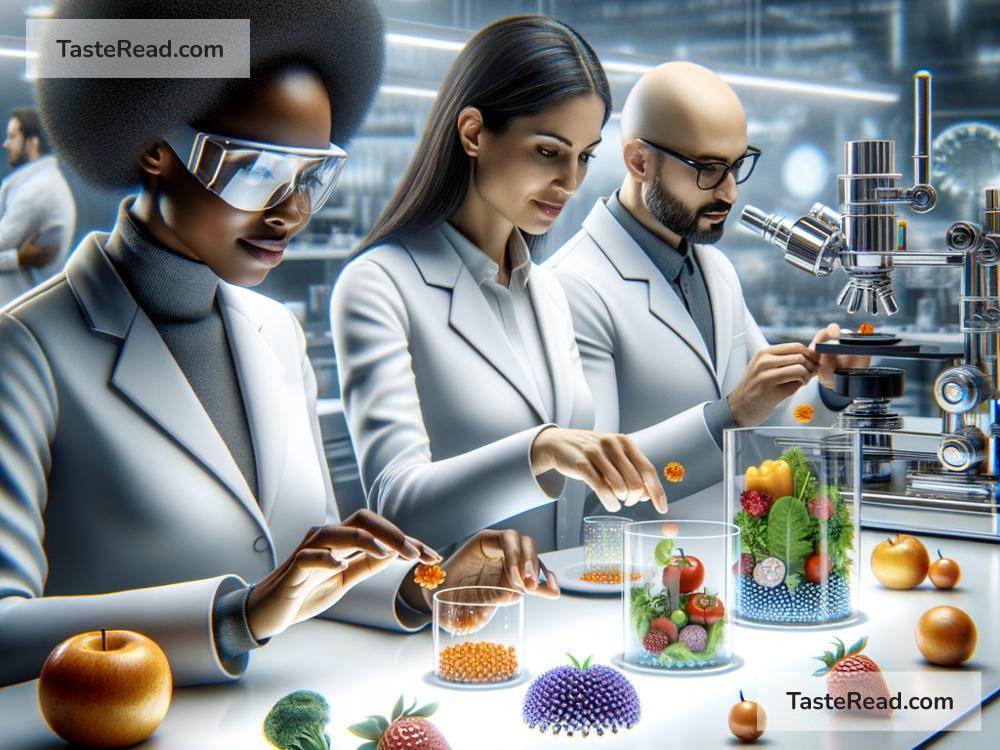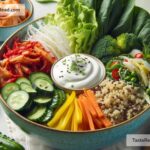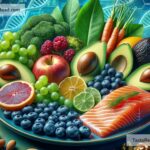The Impact of Food Nanotechnology on Nutrition: A Simple Guide
Imagine biting into an apple and knowing it could keep you even healthier than before because of tiny scientific advancements. That’s the magic of food nanotechnology! Although the word sounds complex, food nanotechnology is simply the science of using super small particles to improve food. These tiny particles, or “nanoparticles,” are so small that they can’t even be seen with a regular microscope. While food nanotechnology is still a growing area, it’s already making waves in how we think about nutrition and the future of our diets.
Let’s dive into what food nanotechnology is, how it impacts nutrition, and what the future might hold for healthier foods.
What Is Food Nanotechnology?
To keep things simple, nanotechnology involves working with extremely tiny materials at the molecular or atomic scale. These particles are about 1 to 100 nanometers in size. For perspective, a single strand of human hair is about 80,000 nanometers wide! Scientists use this cutting-edge technology to enhance the properties of food, like its texture, taste, shelf life, and how your body absorbs nutrients.
Food nanotechnology isn’t about making food artificial; it’s about making it smarter. Scientists and researchers are finding cool ways to improve food’s nutritional value, safety, and even packaging using nanoparticles. Think of it as adding invisible superheroes to your food.
How Food Nanotechnology Impacts Nutrition
One of the main reasons food nanotechnology excites scientists and consumers is how it could help improve the nutrition we get from food. Here’s how:
1. Better Absorption of Nutrients
Sometimes the nutrients in food aren’t absorbed well by our bodies, so we don’t get the full benefit. Nanotechnology can fix this by changing how nutrients are delivered. For example, vitamins and minerals can be wrapped in nanoparticle “carriers” that protect them as they travel through your digestive system. These carriers help your body absorb nutrients more effectively. Imagine that instead of eating five servings of vegetables, you might get the same nutritional value from just one enhanced serving!
2. Richer Fortified Foods
You’ve probably seen foods like cereal or milk fortified with extra vitamins like Vitamin D or calcium. Nanotechnology takes fortification to the next level. With nano-sized particles, scientists can add nutrients to foods in a way that makes them more potent and longer-lasting. This is especially important for regions of the world where malnutrition is a big problem. Nano-fortified foods could give people more access to nutrients they need, even if their diets are limited.
3. Controlled Release of Nutrients
Picture eating a piece of bread, and instead of all of its sugar hitting your bloodstream at once, it’s released slowly over time. Nanotechnology can make this possible! Scientists are working on systems that allow nutrients to be released gradually so your body has more time to digest and use them. This approach can prevent spikes in blood sugar and improve energy levels over time.
4. Improved Food Safety
Not only can nanotechnology make food more nutritious, but it can also make it safer. For example, nanoparticles can fight harmful bacteria or keep foods fresh for longer periods. Foods loaded with healthy nutrients are useless if they’re spoiled or unsafe to eat. Enhanced safety measures mean more reliable nutrition for everyone.
How Likely Are You to See It in Everyday Food?
You might wonder, “Am I already eating nanotechnology-enhanced foods?” The answer is most likely no, at least not yet on a large scale. While some companies have started exploring this technology, food nanotechnology is still developing and being regulated. Scientists want to make sure it’s safe before it becomes common.
However, some uses of nanotechnology are already out there. Certain supplements feature nano-encapsulation to make them easier for your body to absorb. Nano-filters are also used to purify water and remove contaminants. In other words, nanotechnology isn’t just in the science labs—it’s slowly reaching consumers in helpful ways.
The Benefits and Challenges
Like any new technology, food nanotechnology has pros and cons.
Benefits:
- Enhanced Nutrition: Better delivery of nutrients means healthier foods.
- Food Safety Improvements: Foods can stay fresh and safe for longer.
- Global Solutions: Nano-fortified foods could help fight hunger and malnutrition worldwide.
Challenges:
- Consumer Concerns: People may worry about eating food altered with nanotechnology, even if it’s safe.
- Cost: Developing and producing nano-enhanced foods can be expensive, raising prices for consumers.
- Regulation: Governments and scientists are working to establish rules around safety and transparency for nano-modified foods.
What’s Next for Nano-Foods?
The future of food nanotechnology looks promising. Scientists hope to address global food shortages, fight malnutrition, and create foods that taste better and last longer. Think of super fruits, super grains, or juices that give your body everything it needs with fewer calories.
If done responsibly, this cutting-edge technology could revolutionize how we eat and view nutrition. Transparency and regulation will help people trust nano-modified foods and embrace them as part of a healthier diet.
Final Thoughts
Food nanotechnology is like adding a tiny fuel booster to the food we eat. While the science behind it can seem complicated, its goal is simple: to create healthier, safer, and more effective foods for everyone. While challenges remain, the potential benefits for nutrition, food safety, and solving global hunger problems show just how powerful this technology could be.
As food nanotechnology evolves, it might just change our understanding of nutrition forever—one tiny nanoparticle at a time!


